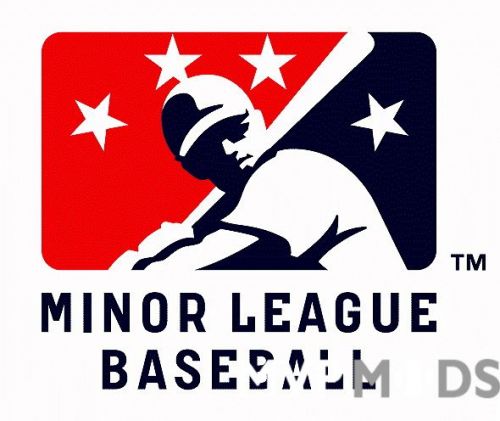-
Posts
21447 -
Joined
-
Days Won
82
Content Type
Profiles
Forums
Downloads
Everything posted by Yankee4Life
-
6 out of 10, 54 seconds. I started out well but then got four of the last five questions wrong.
-
5 out of 10, 61 seconds. Just a bad round for me today.
-
8 out of 10, 56 seconds. I missed the last question because I never heard of the guy.
-
10 out of 0, 41 seconds. They were not lying. These were easy baseball questions.
-
4 out of 10, 44 seconds. Non-baseball questions are tough and I don't care where some guy went to college.
-
I forgot. 😬
-
7 out of 10, 53 seconds. I hate when a trick question is thrown in!
-
Look at this!! Severino is pitching like Severino and all of a sudden the bats are a dead as Gary Sanchez' batting average.
-
9 out of 10, 58 seconds. A rare good day!
-
7 out of 10, 79 seconds. Some difficult baseball questions today.
-
9 out of 10, 54 seconds. All in all not bad.
-
6 out of 10, 53 seconds. These questions suck.
-
9 out of 10, 60 seconds. Again I click on the wrong answer.
-
-
Do you know what was nice Jim? The Yankees scoring the winning run without the benefit of a home run.
-
6 out of 10, 52 seconds. Coin flipping for me on the non-baseball questions.
-
8 out of 10, 54 seconds. I have to admit these were hard.
-
Hahahaha, you are probably right! 🙂
-
No complaints from me Jim.
-
10 out of 10, 49 seconds. Some of these easy baseball questions are really too easy. But I'll take it!
-
8 out of 10, 80 seconds. What the hell. It really gets frustrating when you pick the wrong ones.
-
A nice one today. 10 out of 10, 47 seconds. Some of those questions were laughable.
-
I agree with you and I want you to be right all year so you can tell me how wrong I was and that I should have known better. I will gladly take all verbal about from everyone if they win.
-
-
The Yankees did what they had to do against a sub-par team. Nothing to get excited over.





